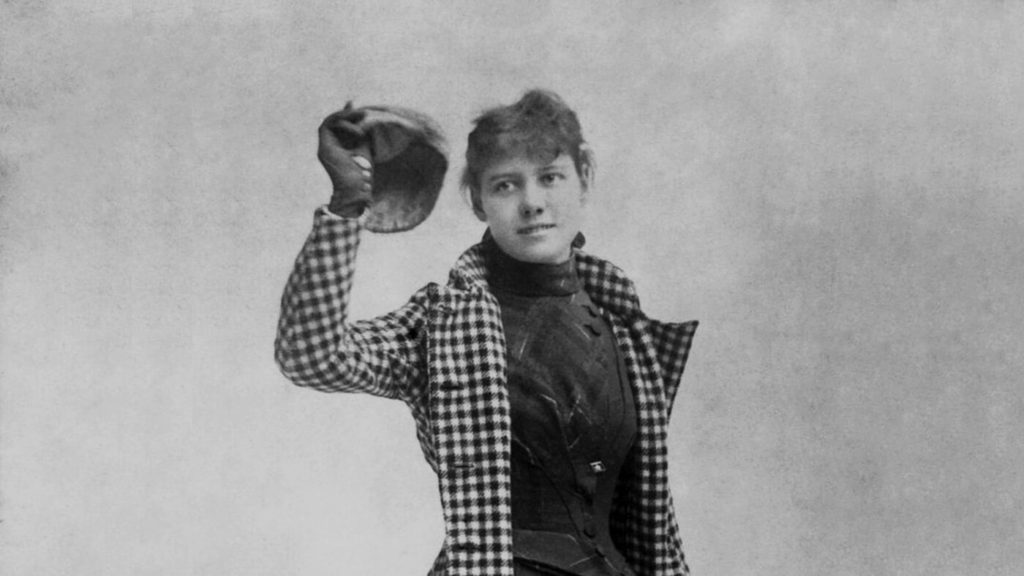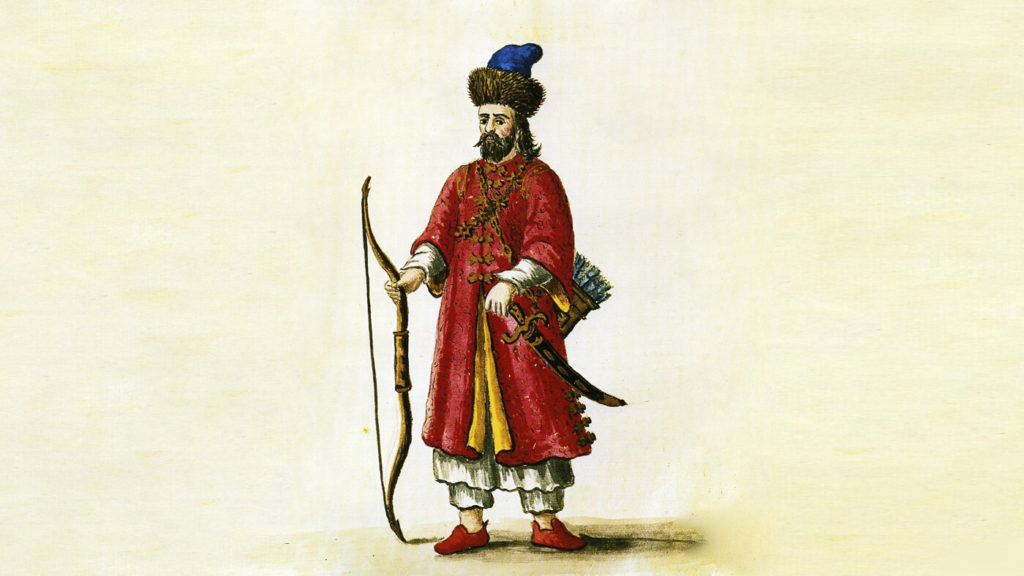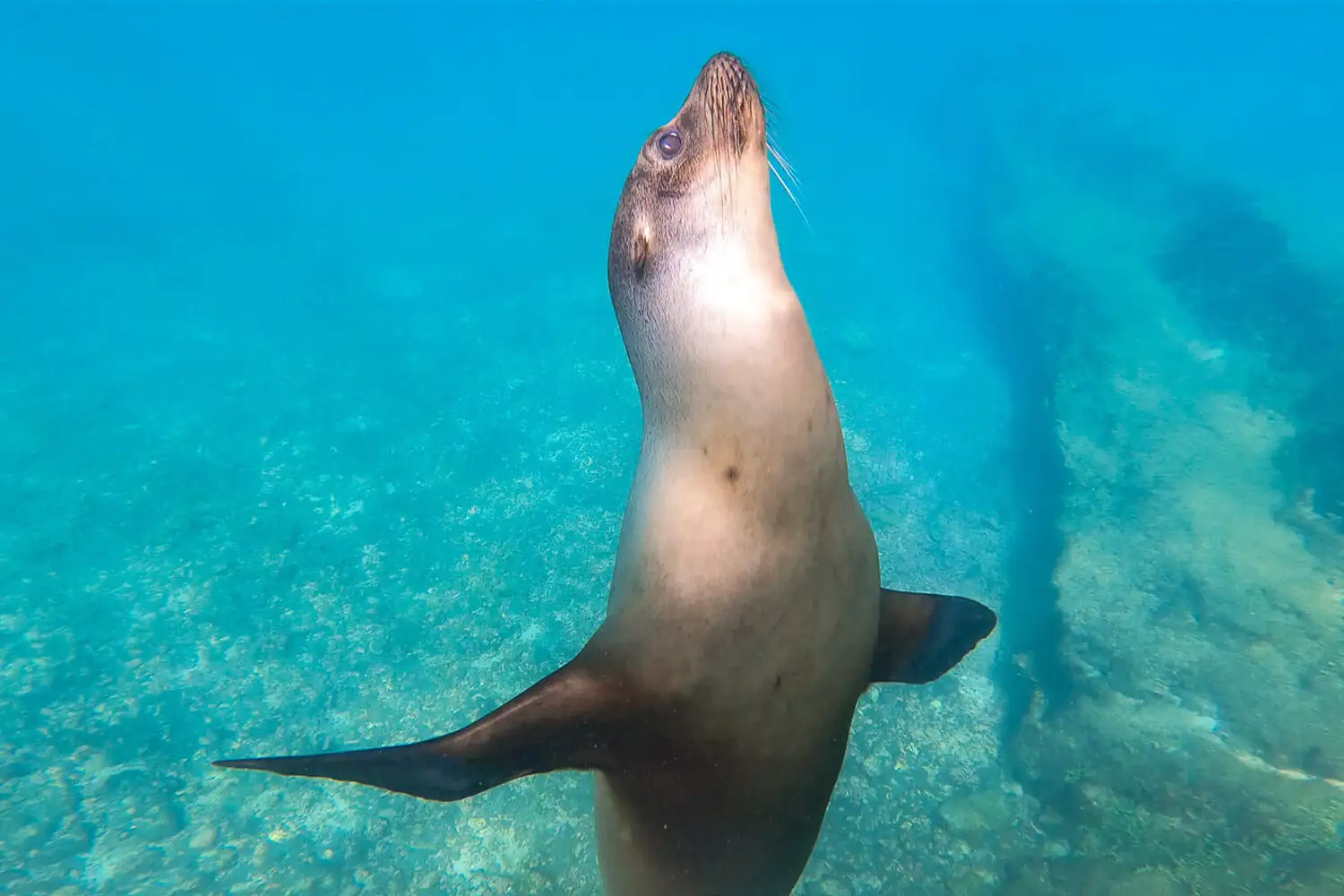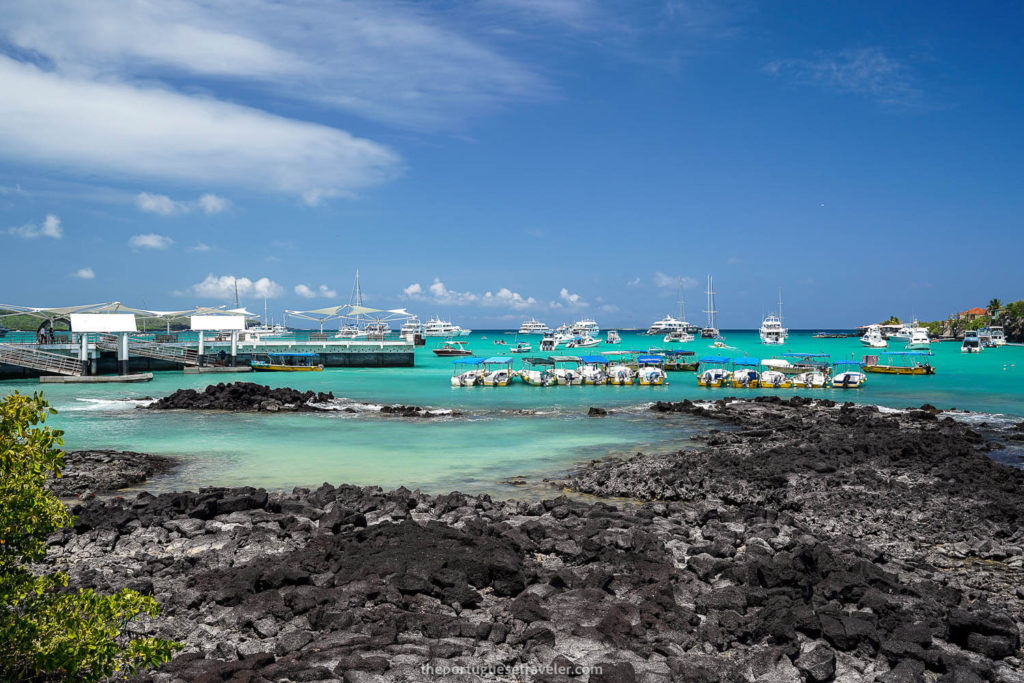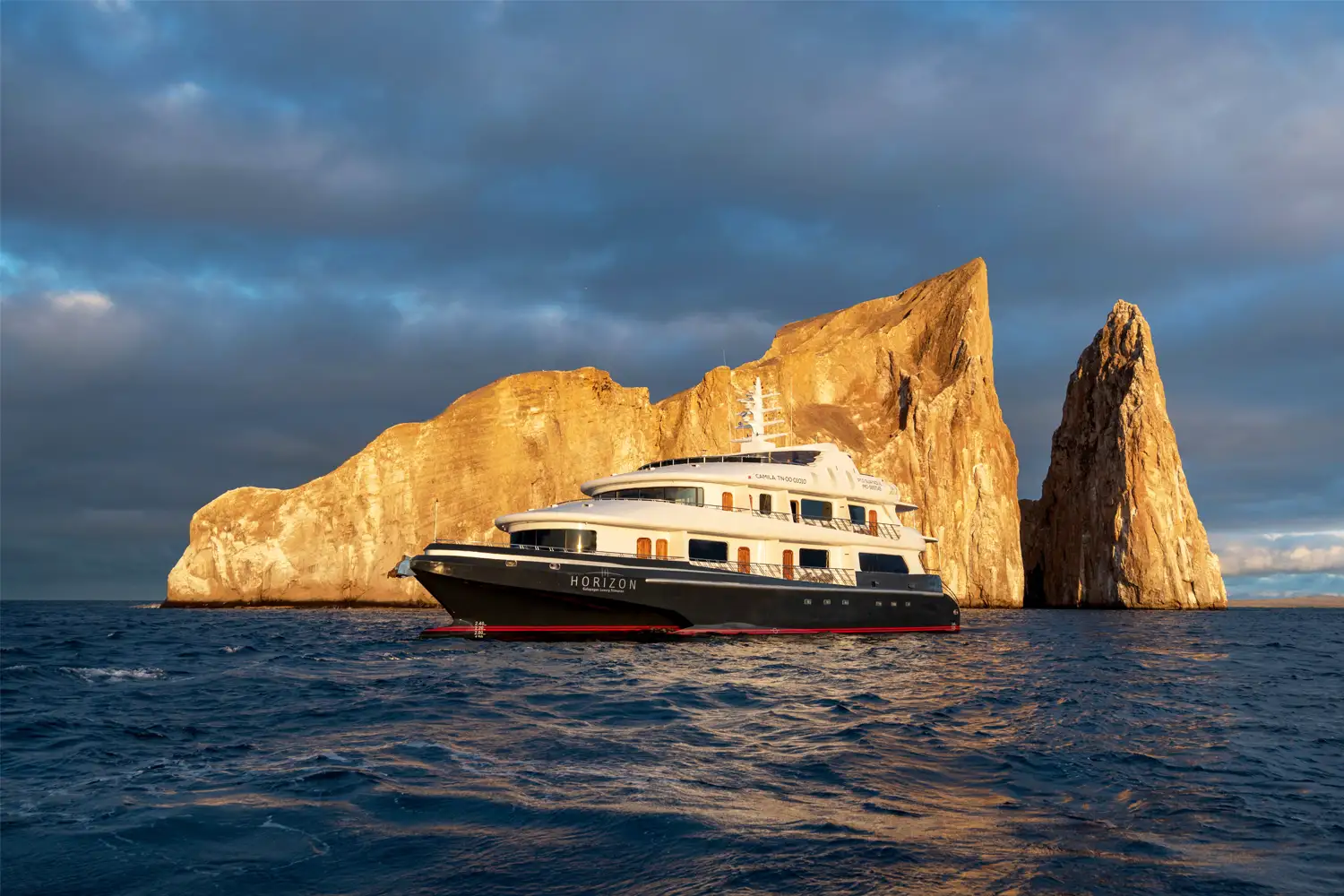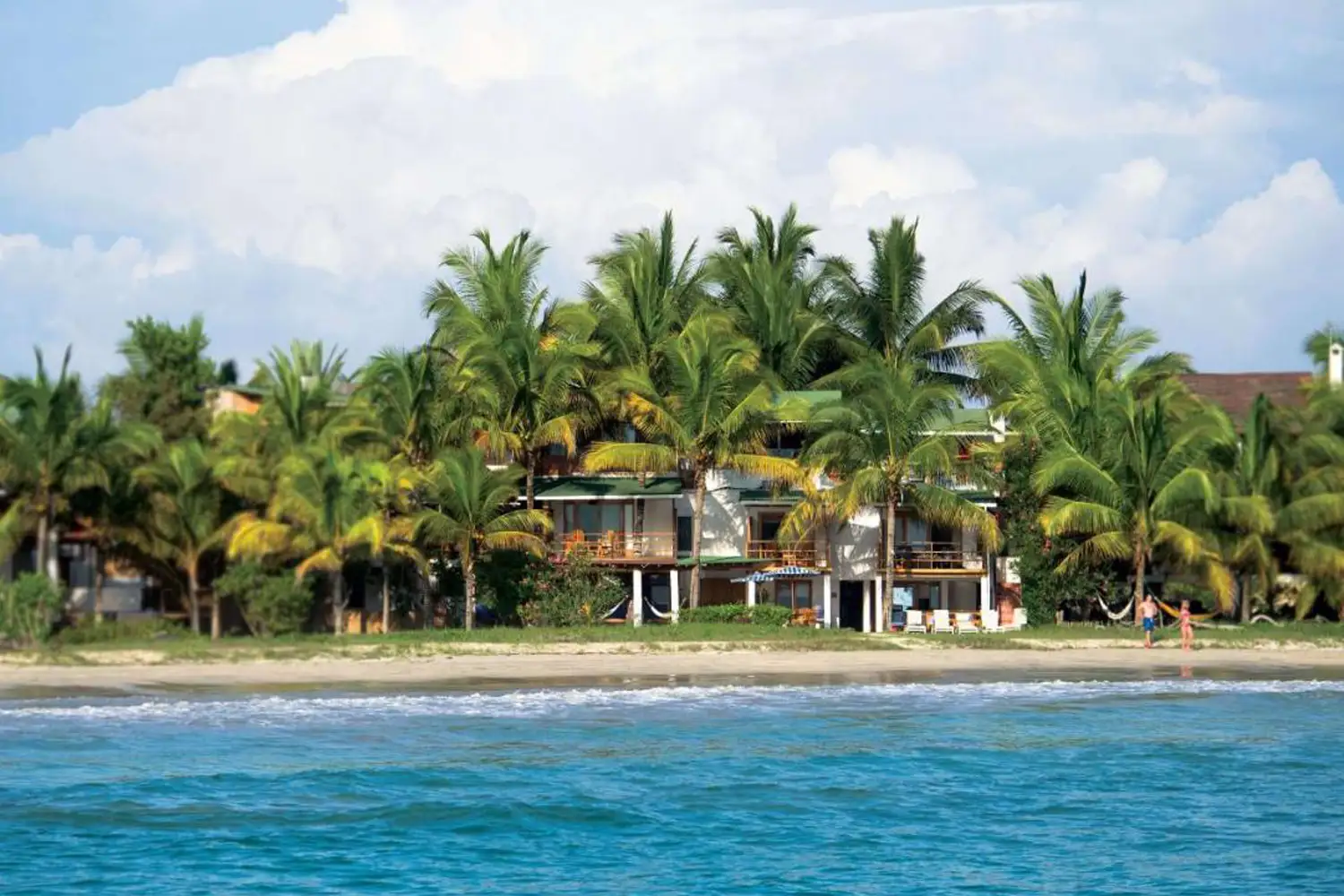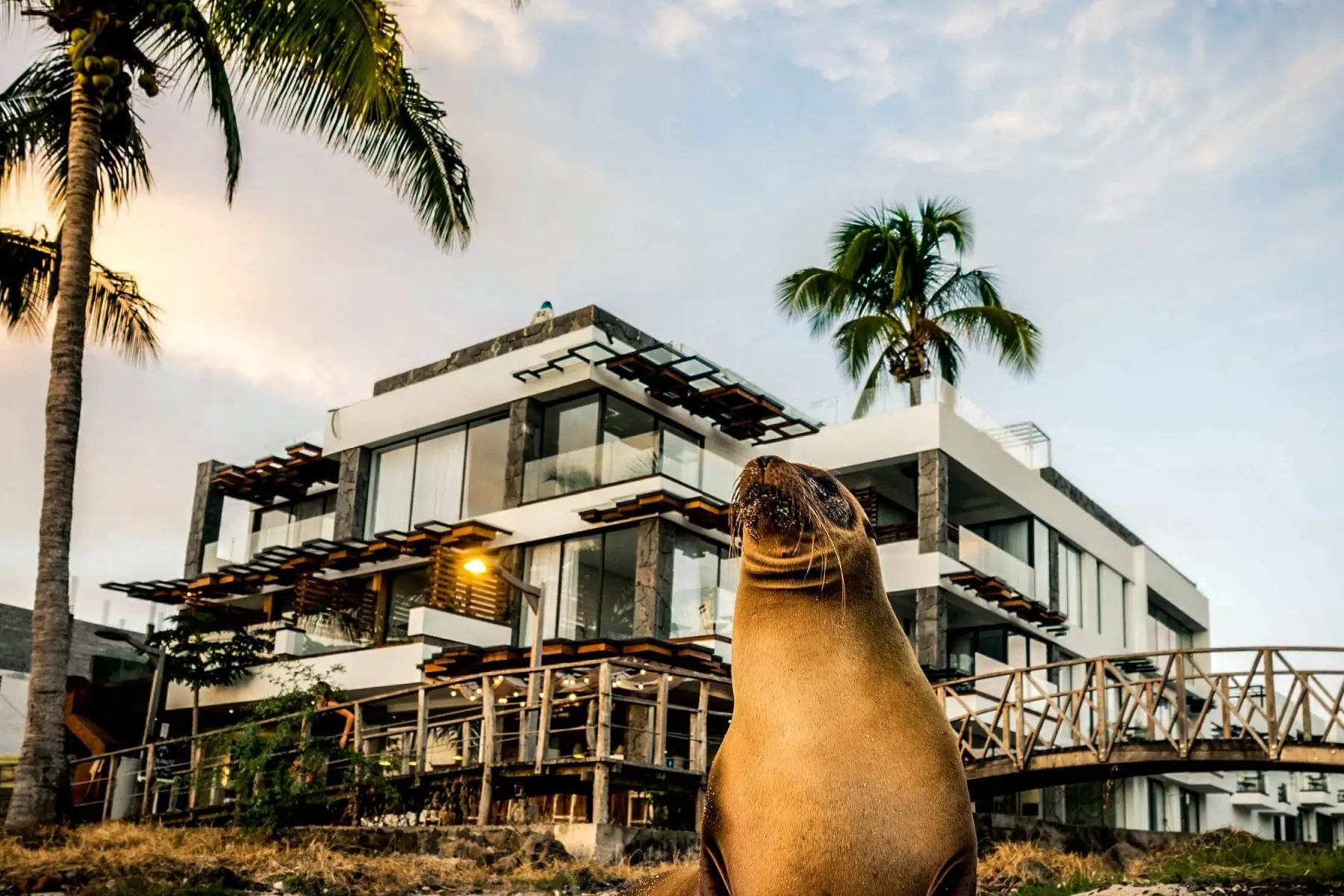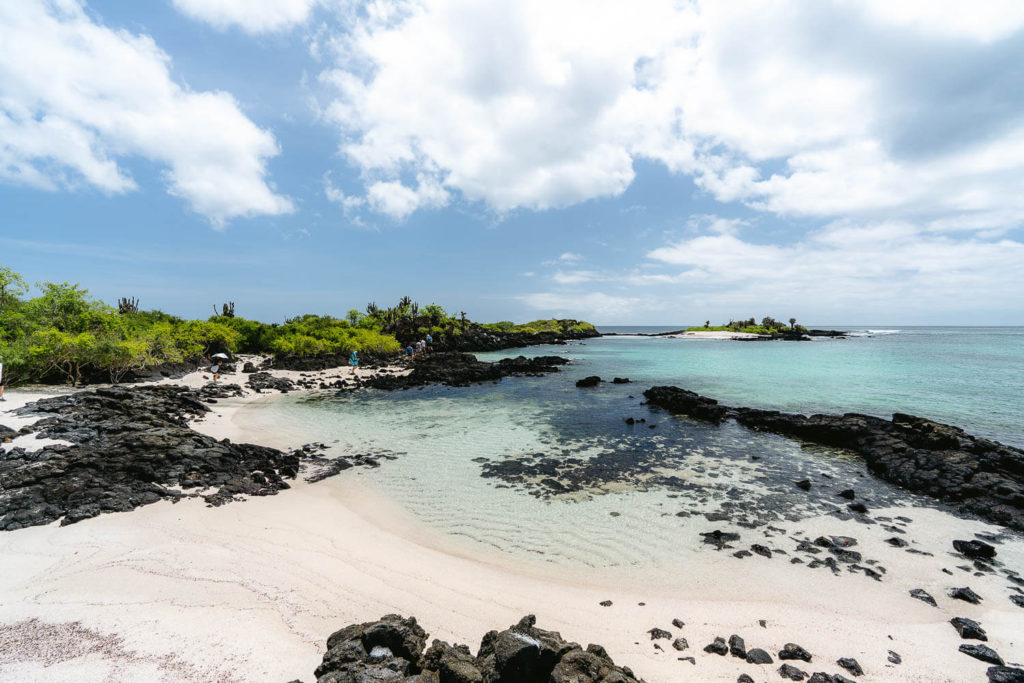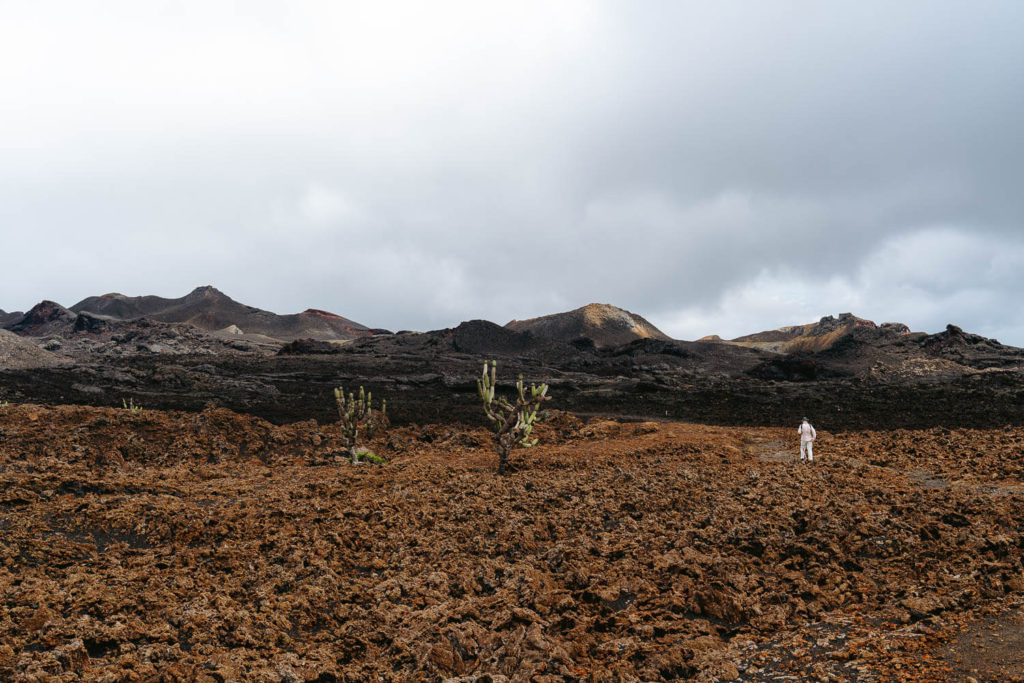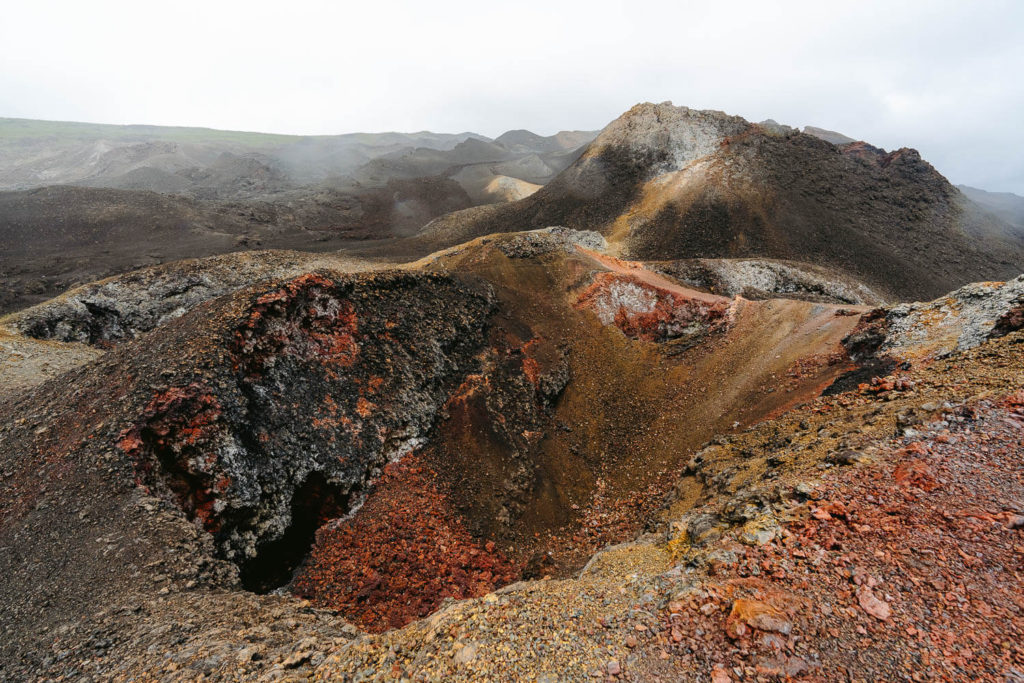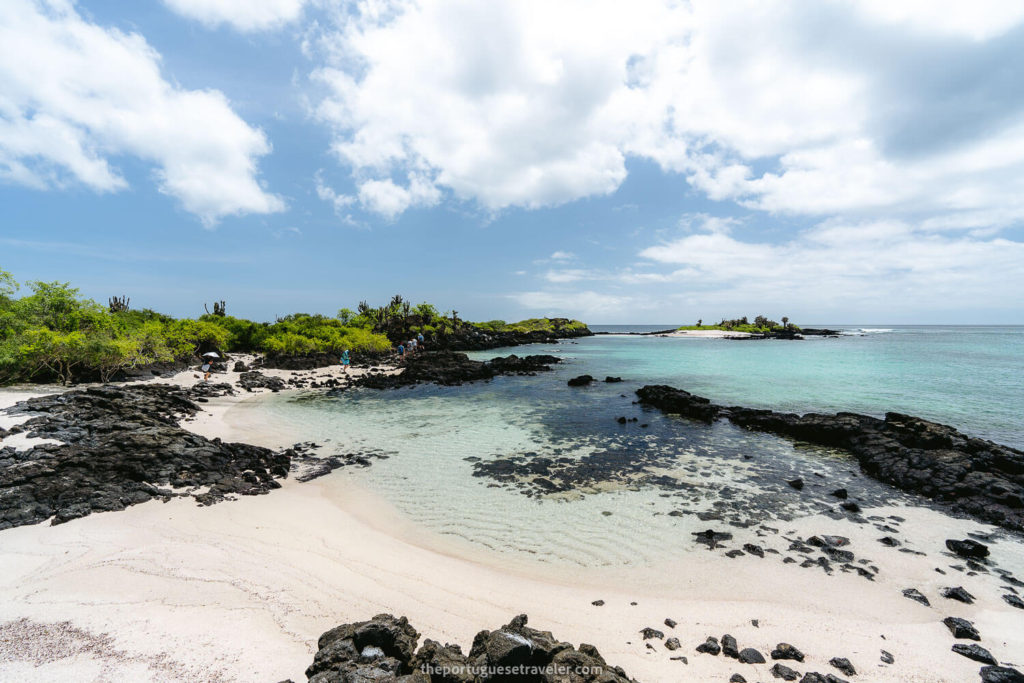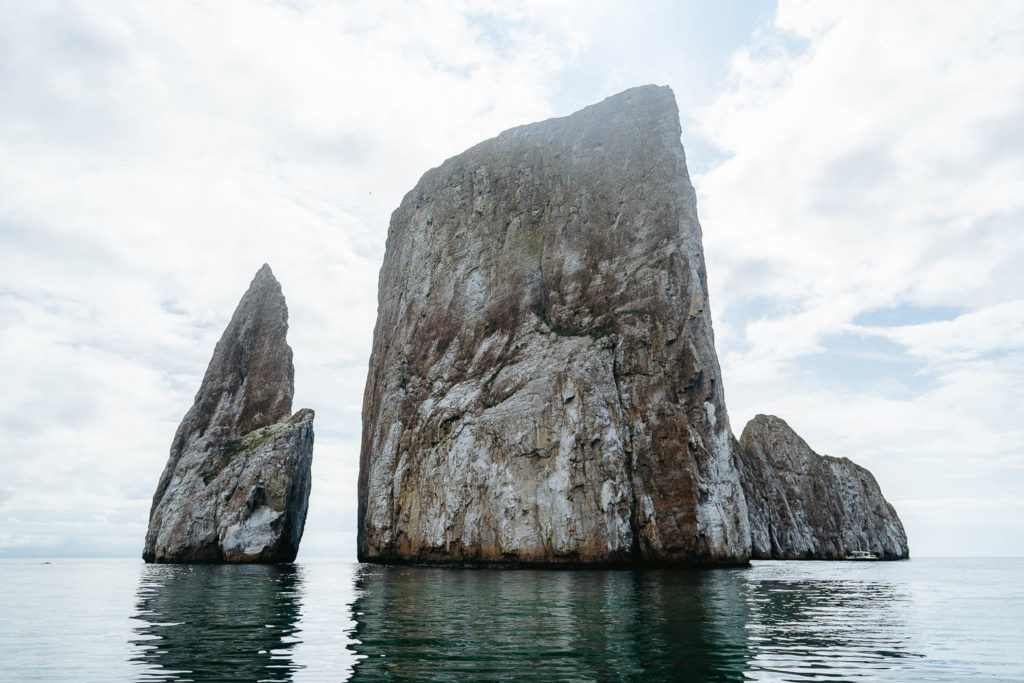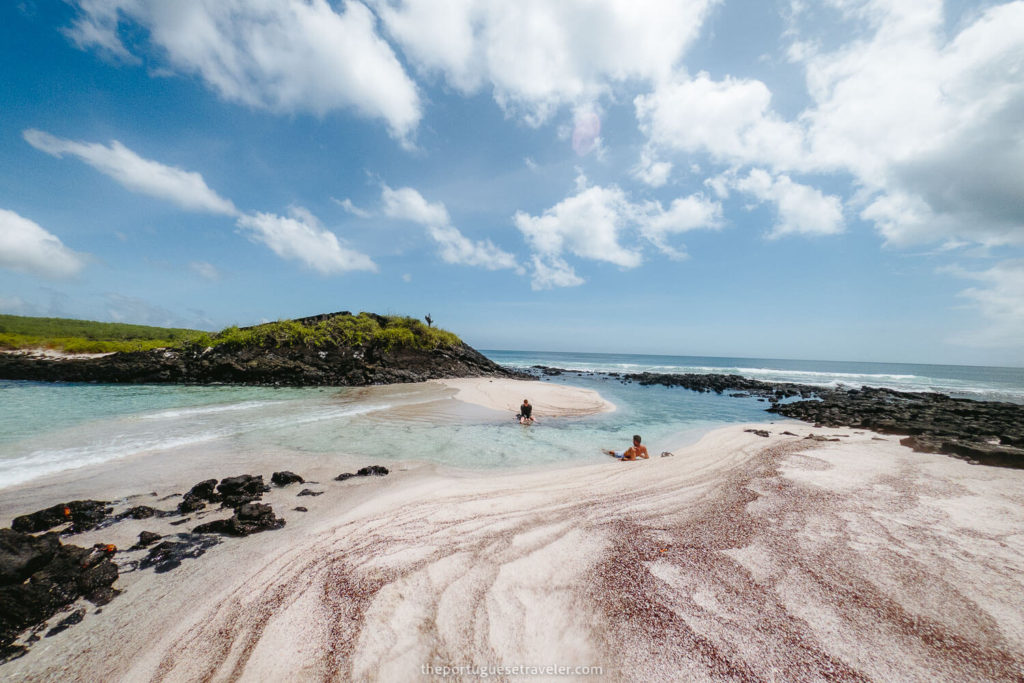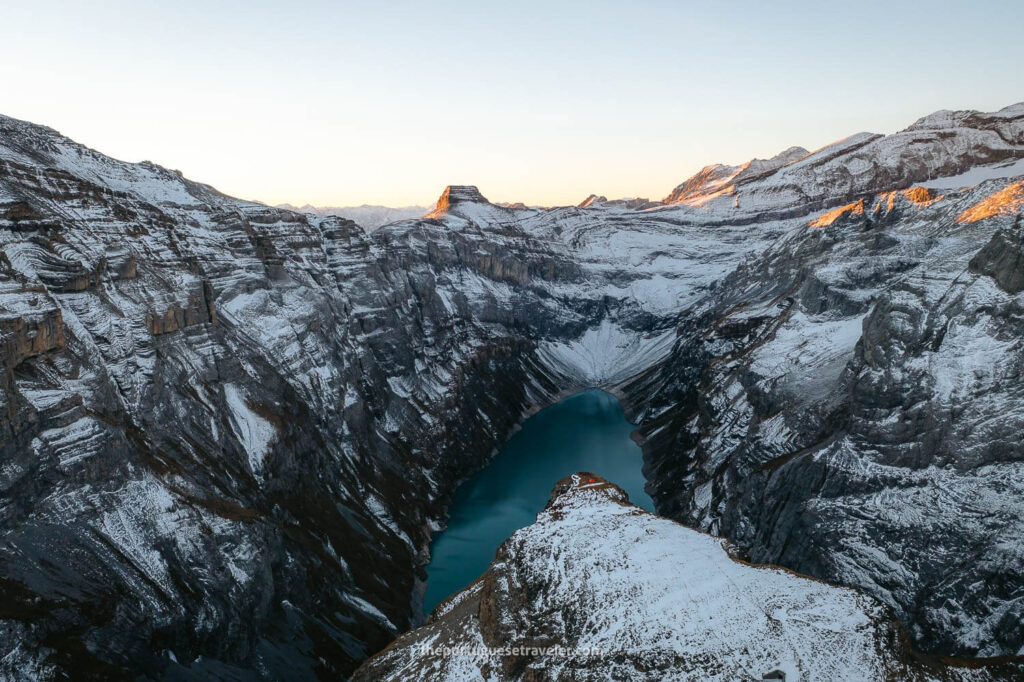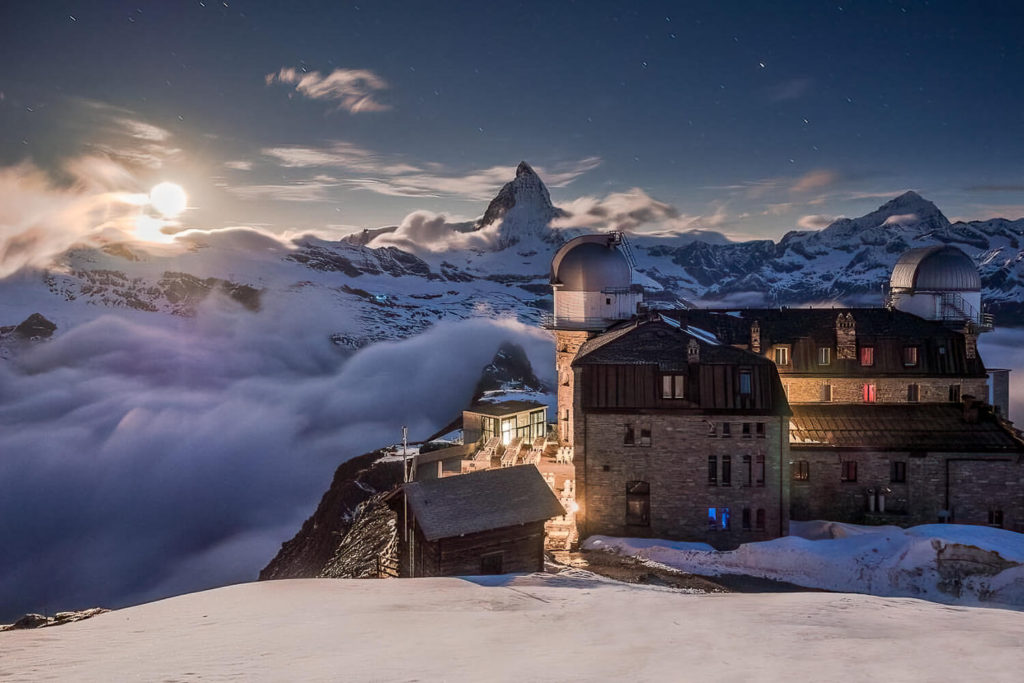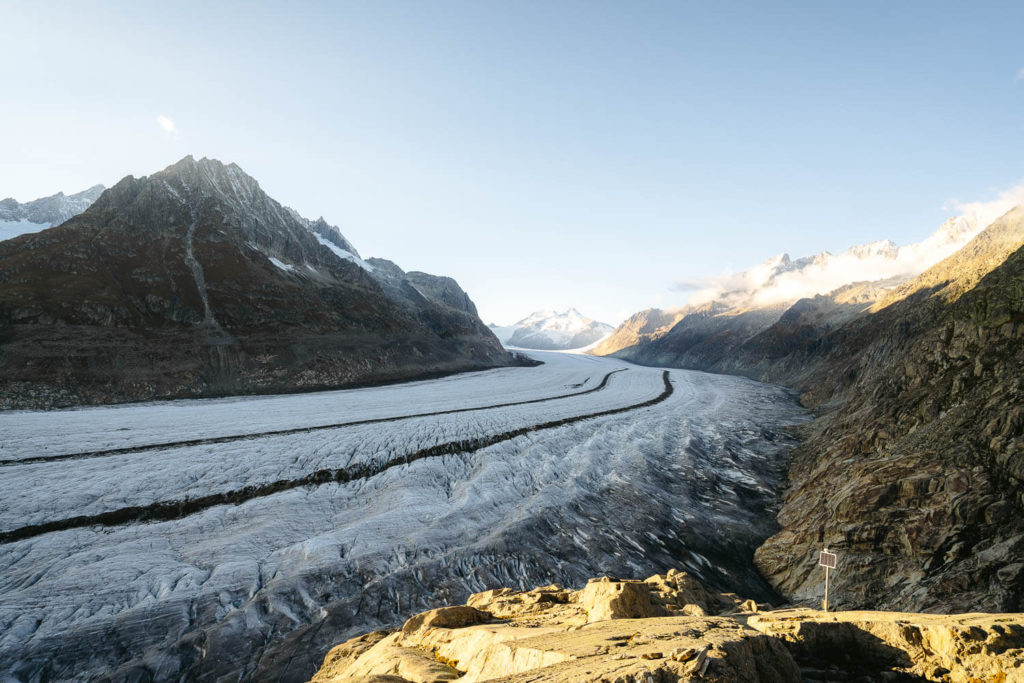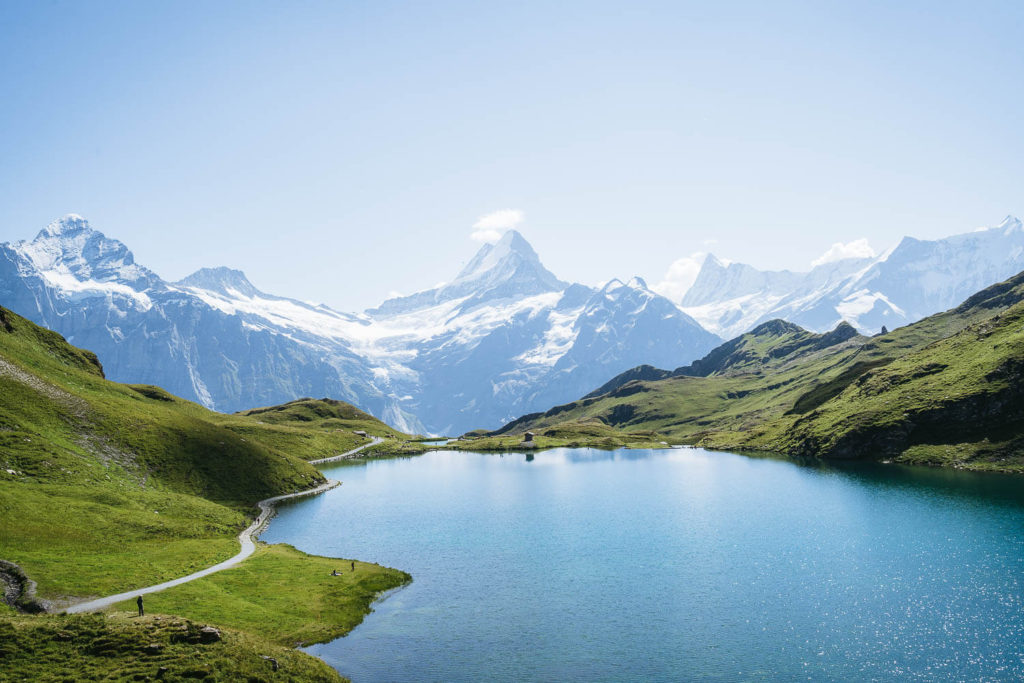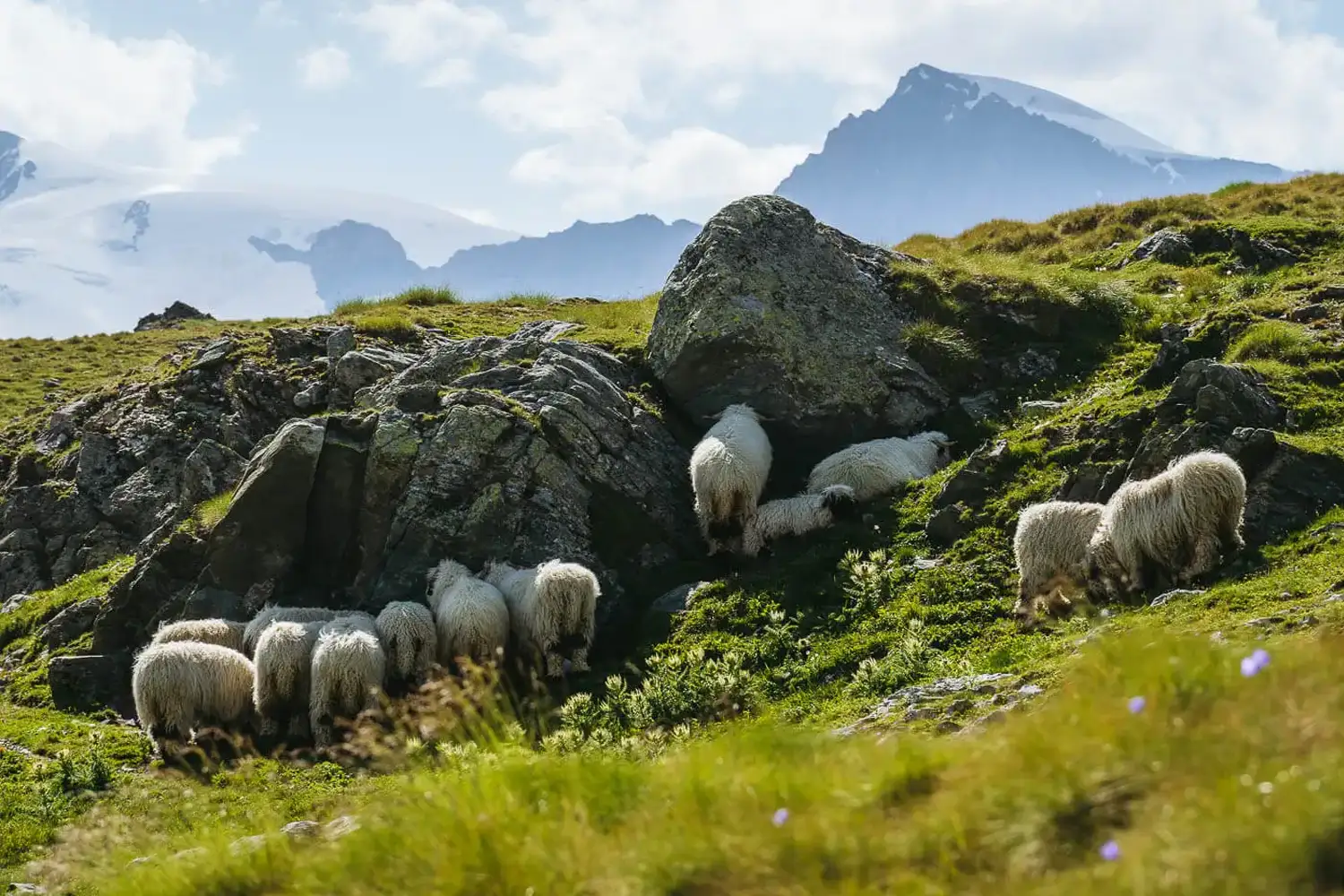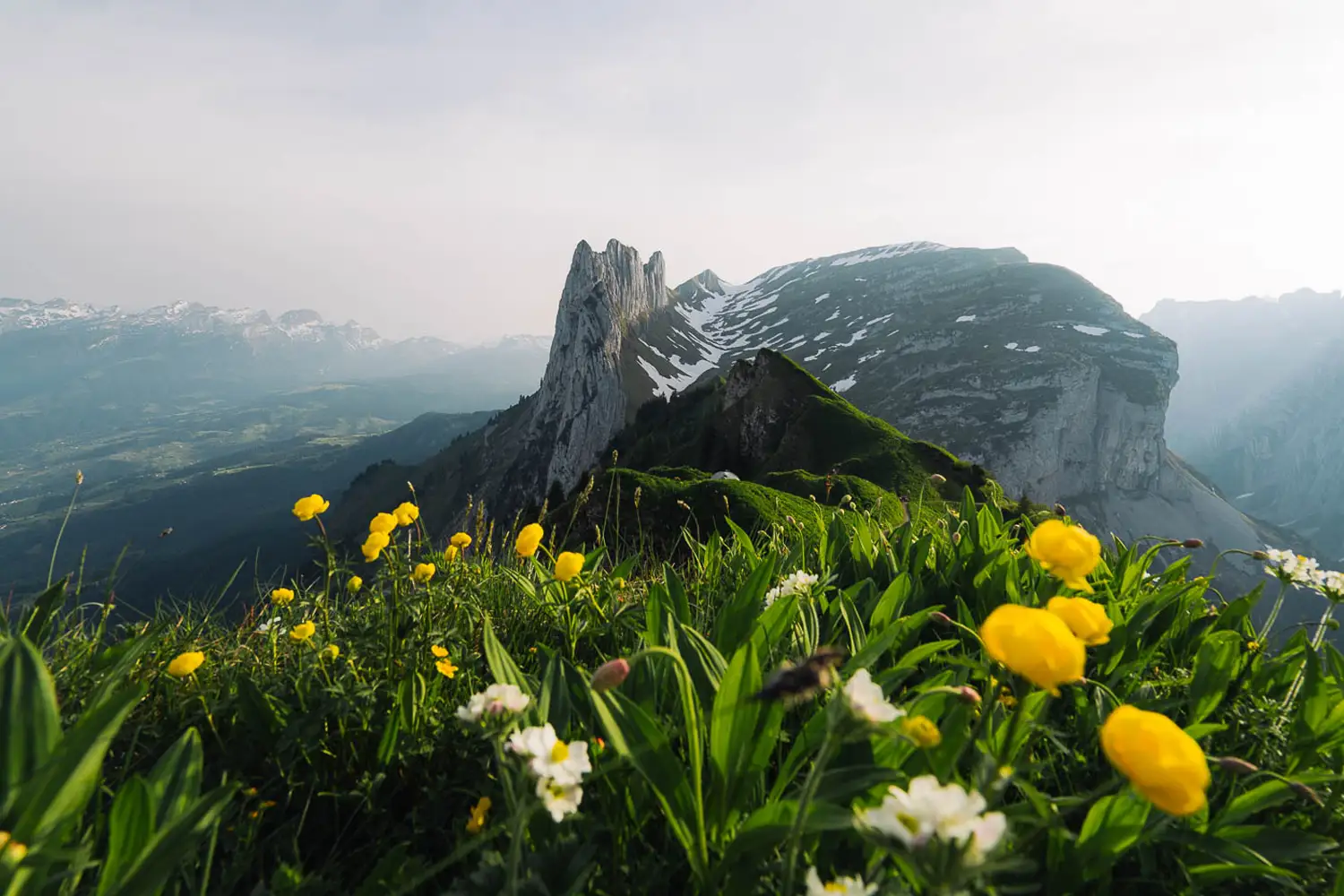Who was the famous Blackbeard and how was his route?
Blackbeard (1680-1718) was the alias of an English privateer, possibly born in Bristol, United Kingdom and whose true identity is yet to reach a consensus. His most reported name was Edward Teach (with sometimes a small variation on the spelling).
After the 16th century’s Discoveries Age, with the development of the maritime trade-routes between Europe and the rest of the world these commercial sea lanes started to be used as a kind of twisted Entrepreneurship, where Privateers, Buccaneers, Corsairs, and all sorts of sailors with sea warfare experience would start trying to get their own portion of cornbread. The most common trend was that commanders of royal, cargo or slave ships would go rogue, abandoning their obligations to their rulers and start attacking other vessels in order to obtain their belongings, treasures and sometimes the ships themselves to add up to their pirate fleet.
“In an honest Service, there is thin Commons, low Wages, and hard Labour; in this, Plenty and Satiety, Pleasure and Ease, Liberty and Power; and who would not balance Creditor on this Side, when all the Hazard that is run for it, at worst, is only a sower Look or two at choaking. No, a merry Life and a short one shall be my Motto.”
Captain Bartholomew Roberts (Pirate)
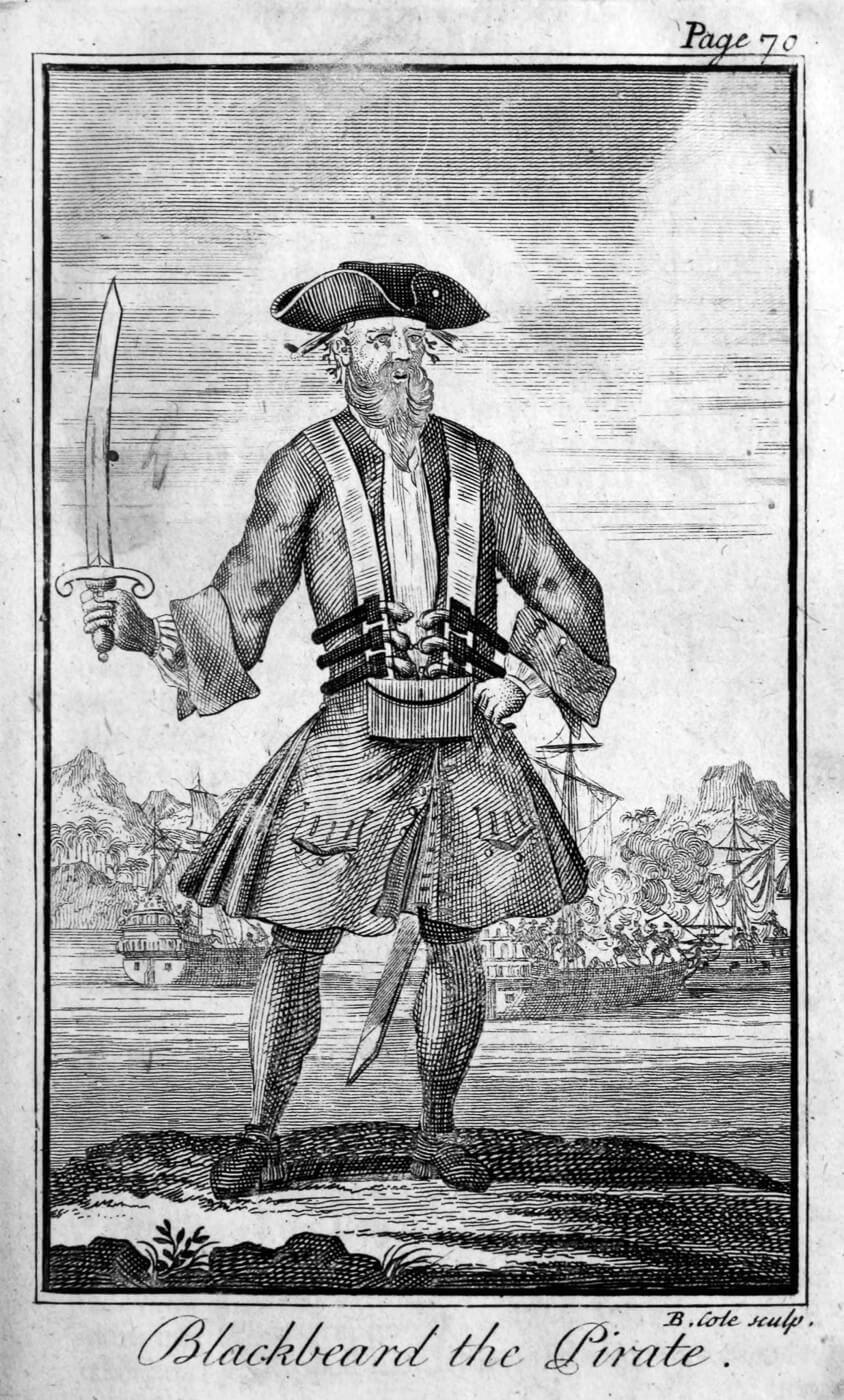
How he became a Pirate.
Teach was no exception to this rule, and it’s believed, in the book “A General History of the Pyrates” by Captain Charles Johnson, correspondence and other documents of that time that he left Bristol possibly on a slave ship to Jamaica, where he started working as a Privateer for the War of the Spanish Succession.
With the Treaty of Utrecht (1713-1715), which put an end to the war, no work, and still an adventurous spirit, Teach decided to roam to New Providence, an island in the Bahamas, famous since the early 18th century as the haven for pirates and known as “The Pirates Republic”.
Here he met the famous pirate Benjamin Hornigold, his future mentor that got him introduced to the arts of piracy. Together they captured sloops (sailing boats) coming from Cuba, Bermuda, and Madeira.
Fun fact: Teach is known for having a passion for Madeira wine. Since the most common route from England to Jamaica passed through Madeira he probably got to know this famous Portuguese wine there. He was also reported of having boarded a boat coming from Madeira to Charles Town, South Carolina stealing its entire wine cargo and of sinking another vessel in Cape Charles, Virginia, just after “relocating” its wine cargo to his own ship.
Near the Carolinas, Teach met Stede Bonnet, another famous Carribean pirate.
Bonnet had a different background than Teach’s . He was born into a wealthy English family on the island of Barbados, and despite his lack of sailing experience he decided to buy a sailing vessel, hire a crew and dedicate himself to piracy with his ship called Revenge.
Due to his weak commanding skills and after failing to capture a famous ship from Boston called the Protestant Caesar, Bonnet’s crew abandoned him and joined Teach. Bonnet was from then on a guest in Teach’s sloop and ceded him his own Revenge.
By this time Hornigold retired from Piracy and Teach, with Bonnet, sailed down to the South Caribbean Seas.
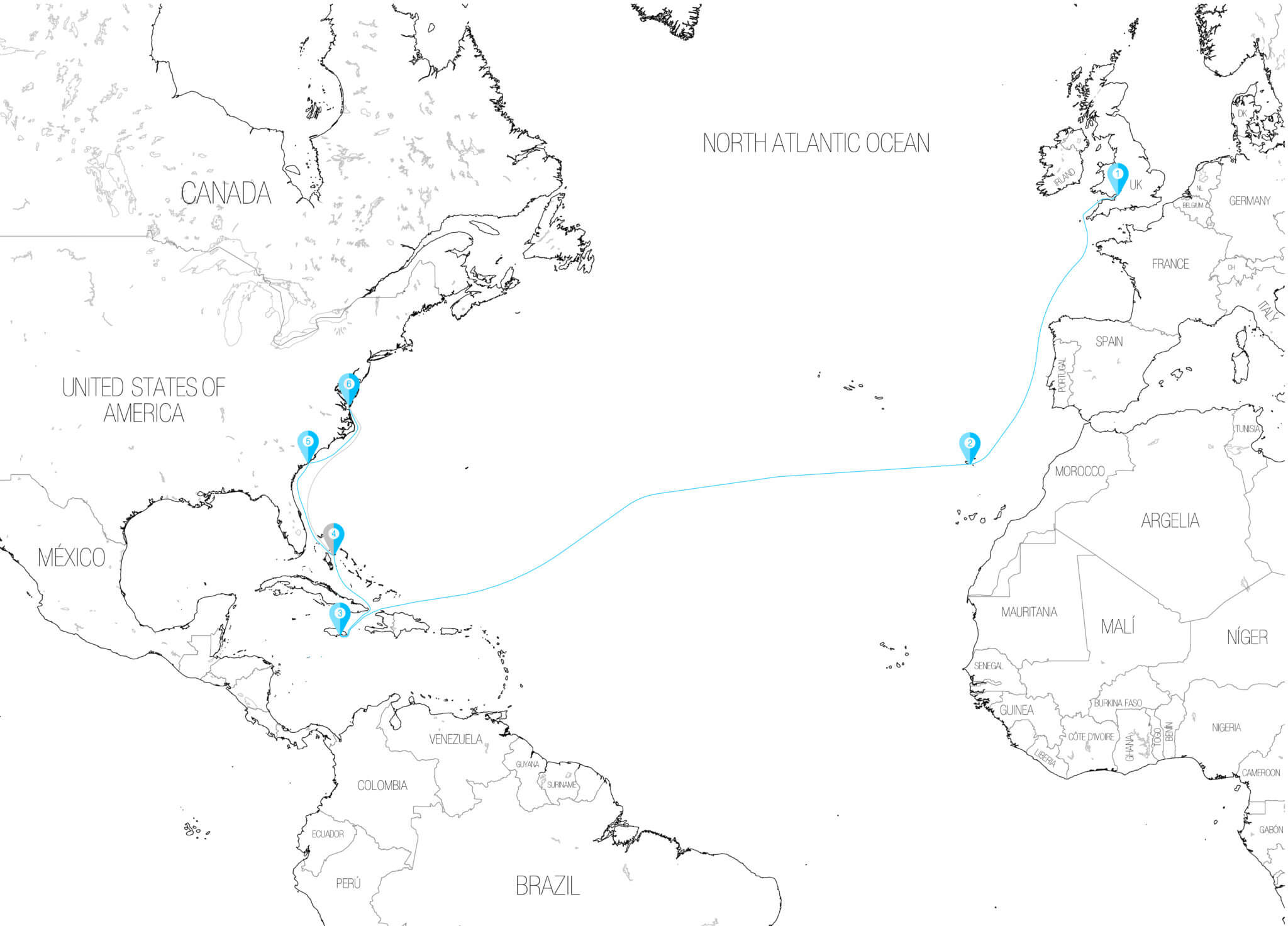
Blackbeard Origin's Route:
- Bristol, United Kingdom
- Madeira, Portugal
- Kingston, Jamaica
- Nassau, New Providence (Bahamas)
- Charles Town, South Carolina
- Cape Charles, Virginia
The infamous Blackbeard.
On the 28 of November 1717, Teach’s two ships attacked a large French guineaman slave merchant’s vessel on the coast of Saint Vincent and the Grenadines, Antilles. This ship was called La Concorde de Nantes and it’s believed to have been built in Bristol and later captured by the French.
Teach then sailed to the island of Martinique where he equipped his new flagship with 40 cannons, making it one of the greatest warships of all times. He then named it “Queen Anne’s Revenge”.
Reports of his attacks and loots are vast and in common what they all have it’s his appearance, which ended up giving him the infamous nickname Blackbeard.
“Tall spare man with a very black beard which he wore very long”
Henry Bostock, captain of the captured merchant sloop Margaret on the coast of Crab Island, Anguilla.
“Such a figure that imagination cannot form an idea of a fury from hell to look more frightful.”
“A sling over his shoulders, with three brace of pistols, hanging in holsters like bandoliers; and stuck lighted matches under his hat.”
Captain Charles Johnson
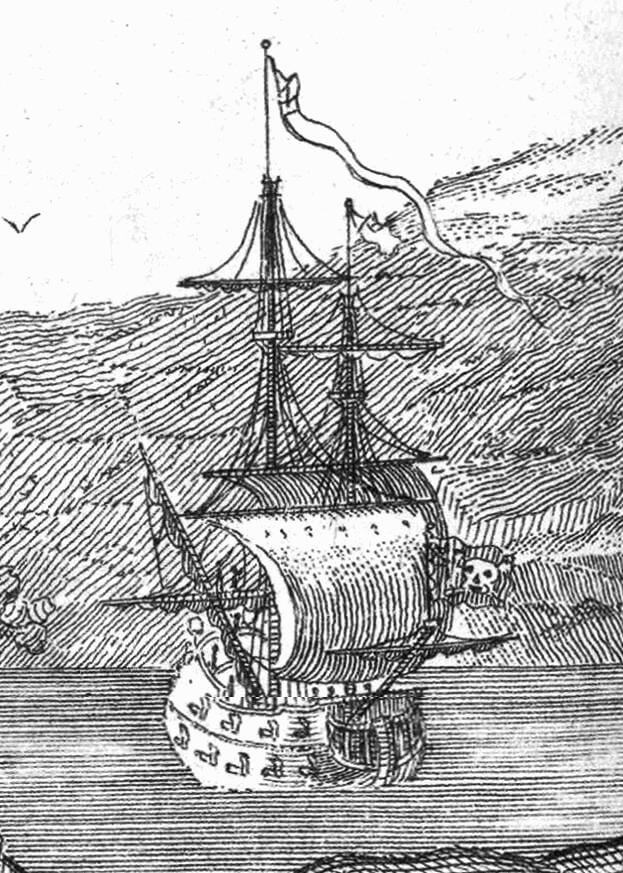
From then on his whereabouts are not so obvious. There are reports of ship assaults and loots through the entire Caribbean sea, usually in locations where Blackbeard was supposed to be. Scottish author and historian Angust Konstam, (who has more than 60 books written about the maritime history and naval history) confirms most of them as belonging to Blackbeards’s fleet.
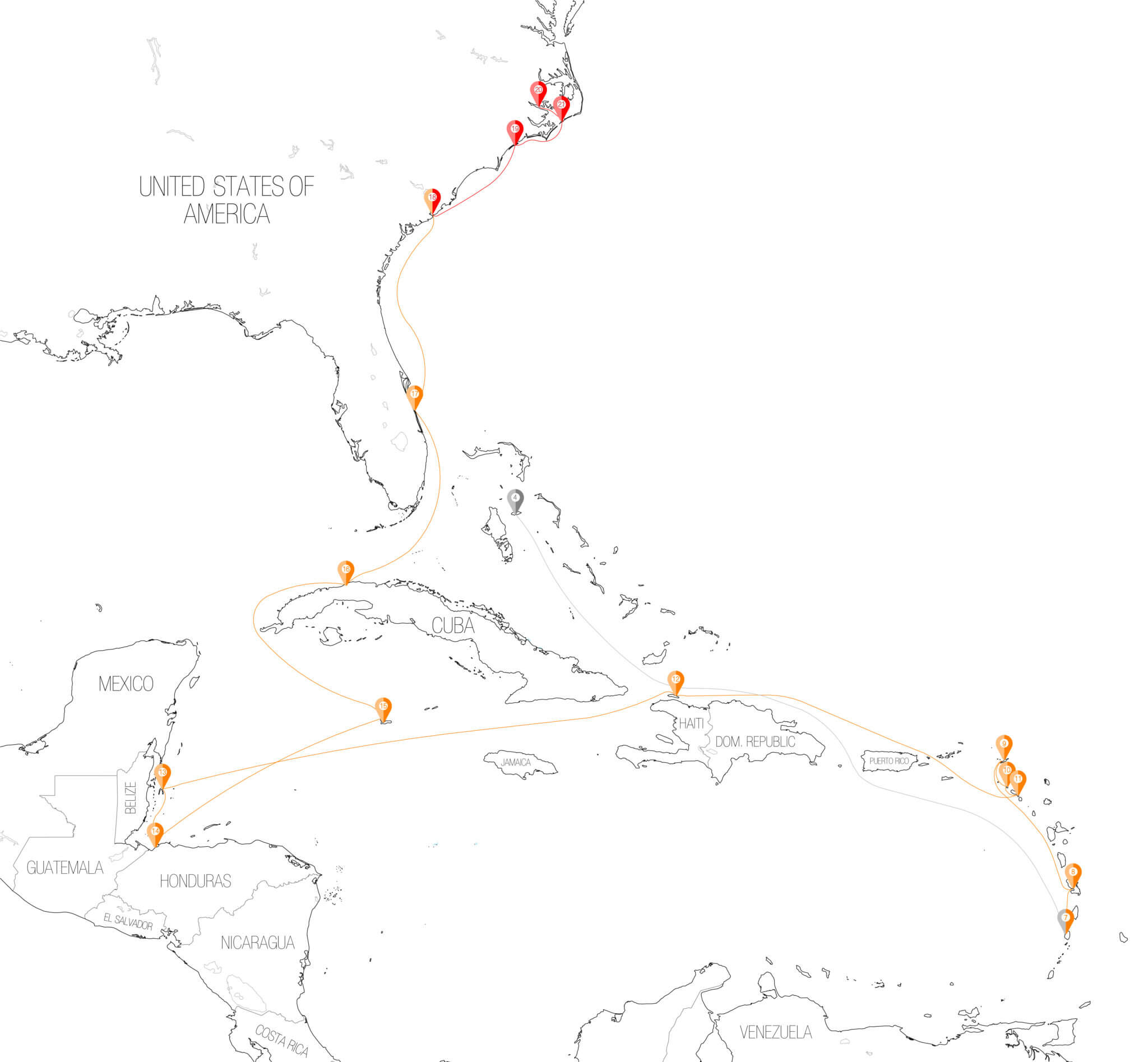
Blackbeard Havoc's Route:
- Saint Vincent and the Grenadines Island
- Martinique Island
- Crab Islet, Anguilla Island
- Sint Eustatius Island
- Saint Kitts Island
- Tortuga Island, Haiti, La Hispaniola
- Turneffe Island, Belize
- Bay of Honduras
- Grand Cayman Island
- Havana, Cuba
- Vero Beach, Florida
- Charles Town, South Carolina
- Topsail Islet, North Carolina
- Bath, North Carolina
- Ocracoke Islet, North Carolina
By May 1718, already with the self-awarded rank of Commodore (superior than the rank of Naval Captain), at the height of his power, upon returning to Charles Town in South Carolina Blackbeard decided to block it’s port and ransack all incoming ships, in an attempt to send a message to London to request medical supplies for the colonial government of South Carolina. Apart from minor setbacks, the request was heeded and Blackbeard released the captured boats and prisoners.
After this event rumors had it that Wood Rogers, an English privateer had just left England with several man-of-war ships with the purpose of purging West Indies from Piracy. In an attempt perhaps to prepare his fleet for the incoming armada, Blackbeard decided to careen his ships and repair them on the coast of North Carolina. Unfortunately (or on purpose) Queen Anne’s Revenge got stranded on a sandbank on the Topsail Islet and had to be abandoned. With only two sloops left Blackbeard decided to make use of the Royal Pardon and abdicate from his piracy life.
Fun Fact: The Queen Anne’s Revenge ship was recently found and you can see the entire project on Queen Anne’s Revenge Project website. They found the cannons, the ship’s hull, golden coins, and many other objects.
It’s said that he grounded himself in Bath, got married and got a commission to start legally working as a privateer on the island of Saint Thomas on the US Virgin Islands.
Unfortunately for him, that led him to a return to piracy, which led governors of nearby states as Pennsylvania and Virginia to get worried they would soon start disrupting their waters. While Blackbeard was celebrating on Ocracoke Islet, (his favorite hiding/strategical place, where he hung with famous pirates such as Calico “Rackham” Jack, Israel Hands and Robert Deal) he suffered a surprise attack by Lieutenant Robert Maynard of HMS Pearl, on the behalf of the Assembly of Virginia that after a fearsome and unbelievable battle, got Blackbeard to his death. Maynard later observed Blackbeard’s body and reported he had withstood 5 gunshots and over 20 sword cuts.
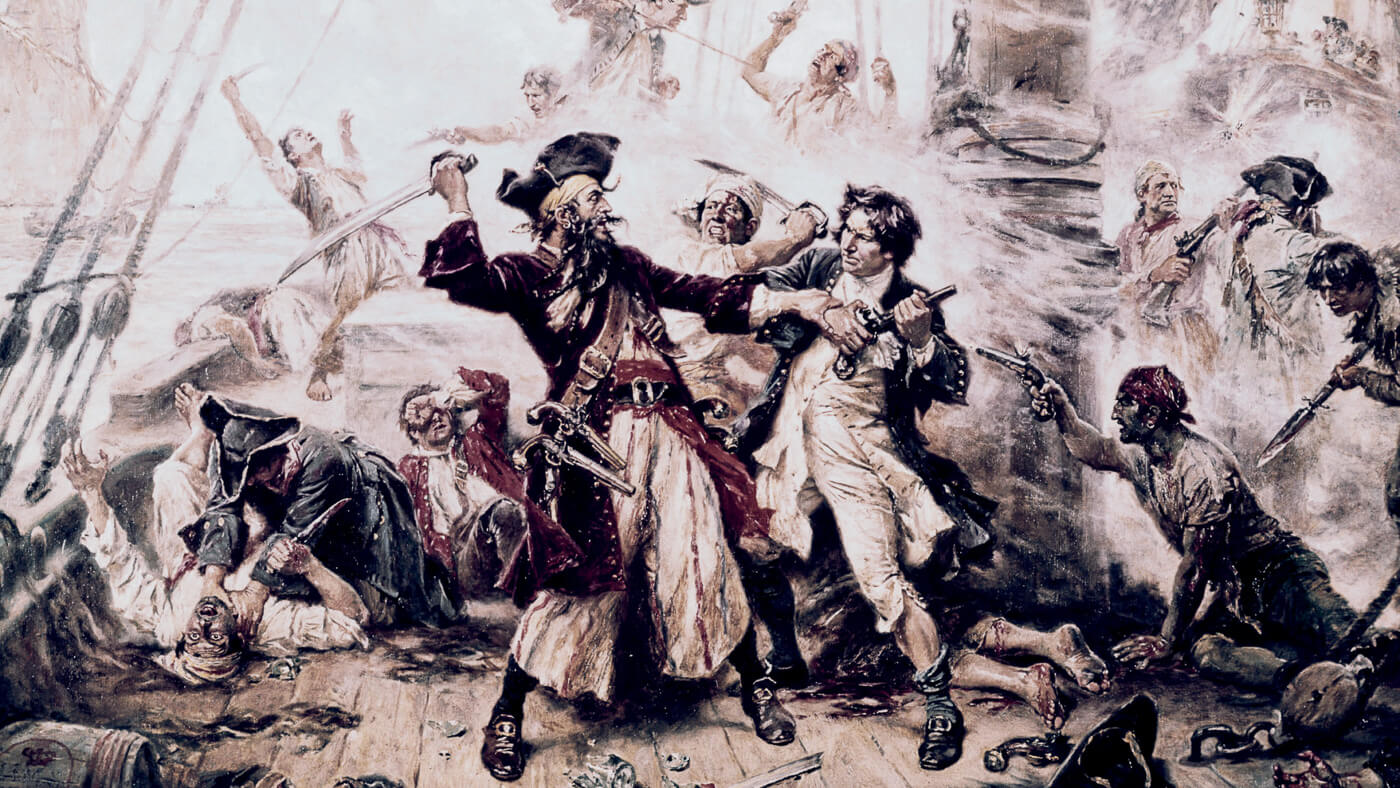
And that’s it, the life and Routes of one of the most famous Pirates of all time.
Without a doubt a traveler! Not like Marco Polo, but still a traveler, even though it was for specific war-like reasons.
So are you ready to explore those tiny and mostly unknown islands?
Ready to do the Blackbeard Island Hopping tour? I will certainly do it soon!
Hope you enjoyed the post, and until the next one,
The Portuguese Traveler
